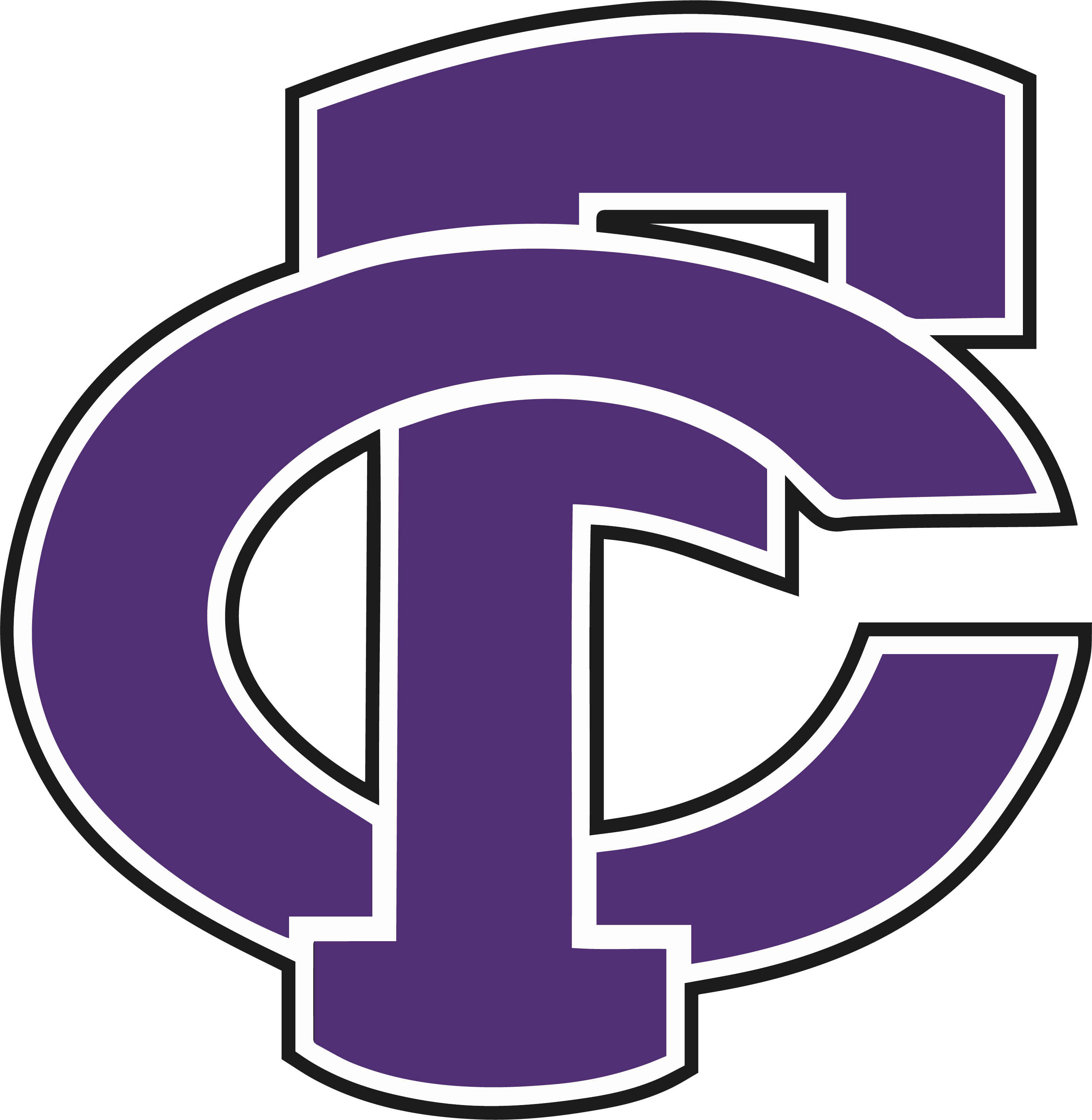I have included information about ESSER III funds that has been provided to school districts across the country. The list below is the allowable expenditure categories for schools to use their ESSER funds. Categories 10, 11, 12, 13, 14, and 15 on the list are the areas that Fillmore Central Schools intend on using the funds allocated. Fillmore Central Schools has been allocated $798,875 in ESSER III/ARP funds and has until the fall of 2024 to spend these funds. The goal of these funds is to help support students without having recurring costs to the district after the ESSER III funds are gone. If you have any suggestions or comments regarding the use of these funds please send them to this email address:
fcdistrict@fillmorecentral.org
ESSER, passed as Section 18003 of the CARES Act in March 2020; ESSER II, passed as Section 313 of the CRRSA Act in December 2020; and ARP ESSER (ESSER III), included in Section 2001 of the American Rescue Plan Act, H.R. 1319, provides billions in funding for state and local educational agencies to spend on allowable activities to respond to COVID-19. ESSER is its own, separate, flexible program intended to assist with the COVID-19 response. ESSER I, II, and III funds must be tracked separately.
The ESSER III funding has the same allowable activities as the ESSER I and ESSER II funds; however, an LEA must reserve not less than 20 percent of its total ARP ESSER allocation to address learning loss through the implementation of evidence-based interventions, such as summer learning or summer enrichment, extended day, comprehensive afterschool programs, or extended school year programs, and ensure that such interventions respond to students’ academic, social, and emotional needs and address the disproportionate impact of COVID-19 on underrepresented student subgroups.
LEAs may use their ARP ESSER funding on the following allowable activities under the American Rescue Plan (ARP) act:
- Administration – 10% administrative cap, includes indirect cost rate charged against direct costs.
- Any activity authorized by the ESEA of 1965, IDEA, AEFLA, and Perkins. Note: McKinney-Vento was not included as an allowable use under ESSER III ARP Act.
- Coordination of preparedness and response efforts.
- Providing principals and other school leaders with resources necessary to address the needs of their individual schools. Note: Not included in ESSER III/ARP Act.
- Activities to address the unique needs of low-income students, children with disabilities, English learners, racial and ethnic minorities.
- Developing and implementing procedures and systems to improve the preparedness and response efforts of LEA’s.
- Training and professional development for LEA staff on sanitation and minimizing the spread of infectious diseases.
- Purchasing supplies to sanitize and clean the facilities of an LEA, including buildings operated by such agencies.
- Planning, coordinating, and implementing activities during long-term closures.
- Purchasing educational technology (including hardware, software, and connectivity) for students who are served by the LEA that aids in regular and substantive educational interaction between students and their classroom instructors, including low -income students and children with disabilities, which may include assistive technology or adaptive equipment.
- Providing mental health services and supports.
- Planning and implementing activities related to summer learning and supplemental after-school programs.
- New ESSER II addressing learning loss among students, including low-income students, children with disabilities, English learners, racial and ethnic minorities, students experiencing homelessness, and children and youth in foster care, of the local educational agency, including: 1. Administering and using high-quality assessments that are valid and reliable, to accurately assess academic progress and assist educators in meeting students’ academic needs, including differentiating instruction.
- Implementing evidence -based activities to meet the comprehensive needs of students.
- Providing information and assistance to parents and families on how they can effectively support students, including in a distance learning environment.
- Tracking student attendance and improving student engagement in distance education.
- New ESSER II School facility repairs and improvements to enable operation of schools to reduce the risk of virus transmission and exposure to environmental health hazards, and to support student health needs.
- New ESSER II Inspection, testing, maintenance, repair, replacement, and upgrade projects to improve the indoor air quality in school facilities.
- New ESSER III Development of strategies and implementation of public health protocols that align with Centers for Disease Control and Prevention guidance on reopening and operating school facilities to maintain the health and safety of students, educators and other staff. CDC Guidance can be found at: Centers for Disease Control and Prevention’s (CDC) Operational Strategy for K-12 Schools.
- Other activities that are necessary to maintain the operation and continuity of services in LEAs and continuing to employ existing staff of the LEA. Any entity that receives funds under the Education Stabilization Fund shall, to the greatest extent practicable, continue to pay its employees and contractors during the period of any disruptions or closures related to COVID-19.
